Your Journey to a Healthier Life Starts Here
Free Insurance Verification
Verify Your Treatment Coverage
Verify Your Treatment Coverage
Explore a comprehensive guide to 33 inpatient, 72 outpatient, and 17 detox centers across Vermont. Compare costs, reviews, and treatment options to find the perfect rehab facility for your needs.

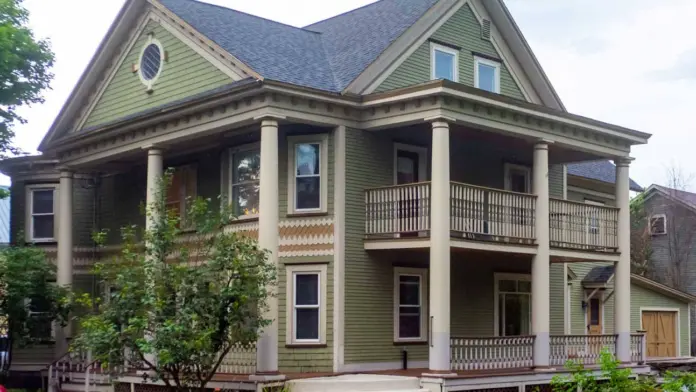 | Adult & Teen Challenge VermontAdult & Teen Challenge Vermont is a compassionate addiction treatment center located in Johnson, Vermont, dedicated to helping individuals of all ages overcome substance use disorders. With a holistic and faith-based approach, we provide a range of services, including residential programs, counseling, and life skills training. Our mission is to empower individuals to break free from addiction and rebuild their lives through support and community. At Adult & Teen Challenge Vermont, we believe in the power of transformation and the importance of fostering hope and resilience. Discover the resources available to you or a loved one on the journey to recovery at our Johnson, Vermont facility. 1296 Collins Hill Rd, Johnson, VT 05656 | Levels of Care:outpatient Payment Options:Private Insurance Self-Pay Options |  | |
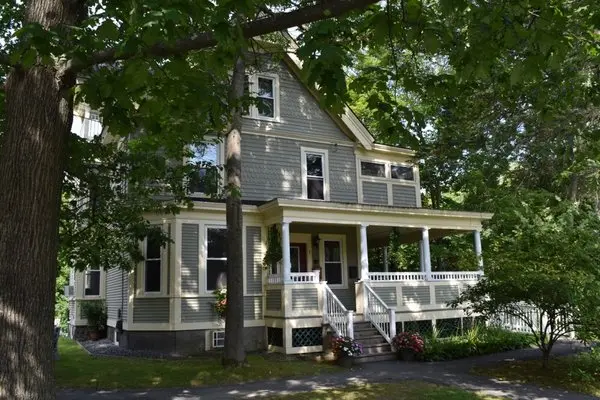 | Averte, A Trivium Life Services CompanyAverte, a Trivium Life Services Company, located at 2122 Lower Plain, Bradford, VT 05033, is dedicated to providing innovative and supportive mental health services to individuals and families. Specializing in a range of therapeutic programs, Averte focuses on empowering clients through personalized care and evidence-based practices. With a commitment to fostering recovery and resilience, the team at Averte works collaboratively with clients to address their unique challenges and promote overall well-being. Discover the transformative services available at Averte and take the first step towards a brighter future. 2122 Lower Plain, Bradford, VT 05033 | Levels of Care:Inpatientoutpatient Payment Options:Private Insurance Self-Pay Options | 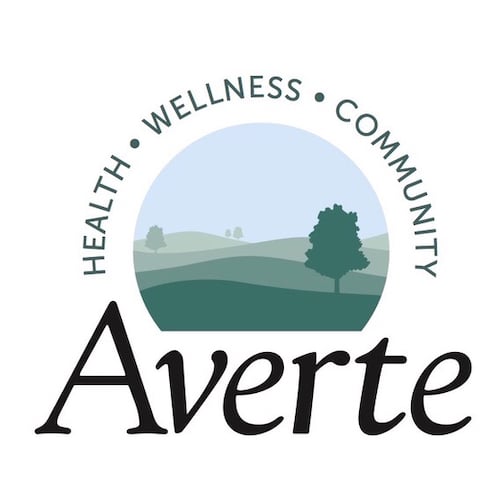 | |
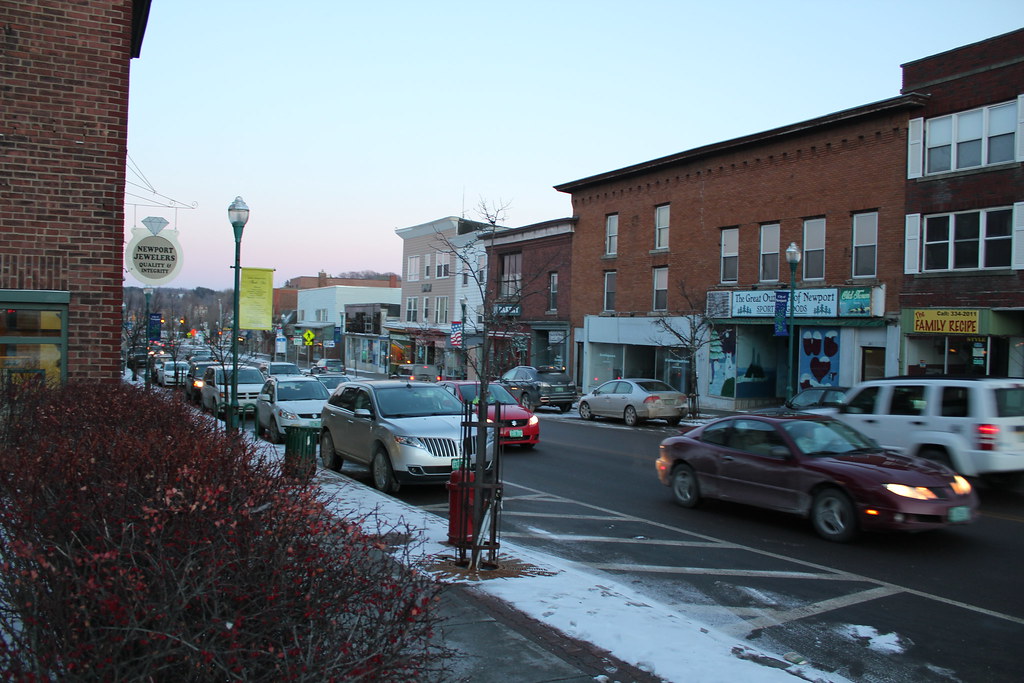 | BAART Programs NewportBAART Programs Newport is an outpatient clinic specializing in methadone treatment and substance use counseling for individuals struggling with opiate dependence. The clinic is dedicated to creating an ideal atmosphere that promotes long-lasting recovery for those affected by opioid addiction.Key Features and Services: Comprehensive Treatment Approach: BAART Programs integrates evidence-based therapies with medication-assisted treatment and substance use counseling to provide holistic care for clients. Integrated Primary Medical Care: The clinic offers integrated primary medical care, ensuring that clients receive comprehensive support for both their physical and mental health needs. Detoxification Treatment: During detoxification, individuals may receive a variety of services, including: Comprehensive medical and psychosocial assessments Methadone Maintenance Treatment Methadone Detoxification Treatment Buprenorphine Treatment Individual and group counseling Addiction education Life skills training Case management Referral services Random urinalysis and breathalyzer testing Supportive Environment: The clinic aims to create a supportive environment that encourages individuals on their path to recovery, providing the necessary resources and guidance throughout the treatment process. Conclusion: BAART Programs Newport is committed to supporting individuals with opiate dependence through a comprehensive, evidence-based approach to treatment. By combining medication-assisted therapies with counseling and support services, they strive to empower clients to achieve lasting recovery. For more information about their services or to inquire about admissions, please contact BAART Programs Newport directly. 475 Union St, Newport, VT 05855 | Levels of Care:12-StepAftercare SupportoutpatientIntervention ServicesMedically Assisted Detox Payment Options:Medicaid Private insurance Self-Pay Options Financial Aid Military Insurance | 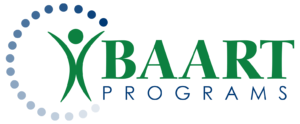 | |
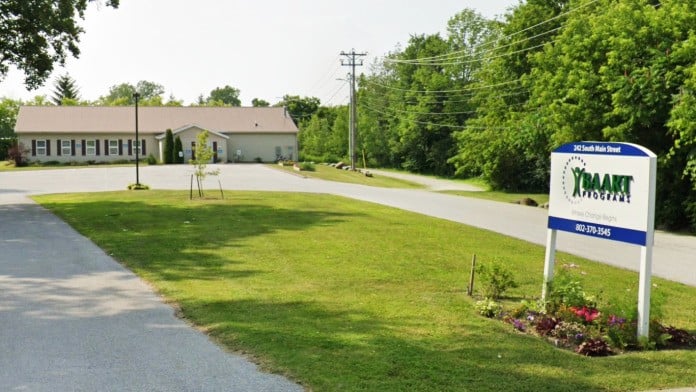 | BAART Programs St. AlbansBAART Programs St. Albans, located at 242 S Main St, St. Albans City, VT 05478, is committed to providing comprehensive addiction treatment services designed to support individuals facing substance use disorders. Offering a variety of evidence-based programs, including medication-assisted treatment, counseling, and recovery support, BAART Programs focuses on empowering clients to achieve lasting recovery. The dedicated team of professionals creates a compassionate and supportive environment that encourages personal growth and healing. Discover the resources available at BAART Programs St. Albans and take the first step toward a healthier, more fulfilling life. 242 S Main St, St Albans City, VT 05478 | Levels of Care:Medically Assisted Detoxoutpatient Payment Options:Medicaid Private insurance Self-Pay Options Financial Aid | ||
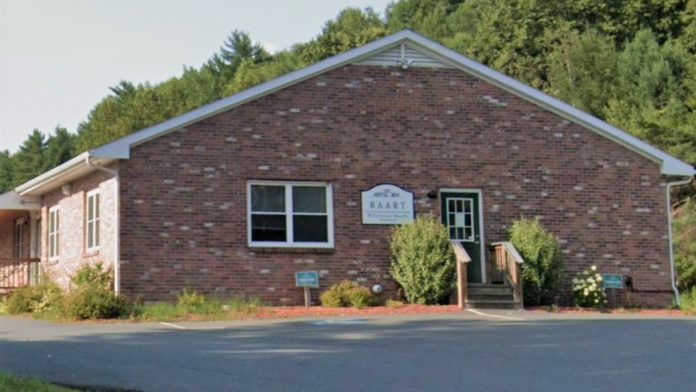 | BAART Programs St. JohnsburyBAART Programs St. Johnsbury, located at 1097 Hospital Dr, St. Johnsbury, VT 05819, is dedicated to providing comprehensive addiction treatment services tailored to meet the needs of individuals struggling with substance use disorders. Offering a range of evidence-based programs, including medication-assisted treatment, counseling, and supportive services, BAART Programs aims to empower clients on their journey to recovery. The experienced team fosters a compassionate environment focused on healing and personal growth. Explore the vital resources available at BAART Programs St. Johnsbury and take the first step toward a healthier, more fulfilling life. 1097 Hospital Dr, St Johnsbury, VT 05819 | Levels of Care:Medically Assisted Detoxoutpatient Payment Options:Medicaid Private insurance Self-Pay Options Financial Aid Medicare | 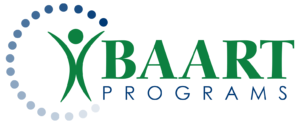 | |
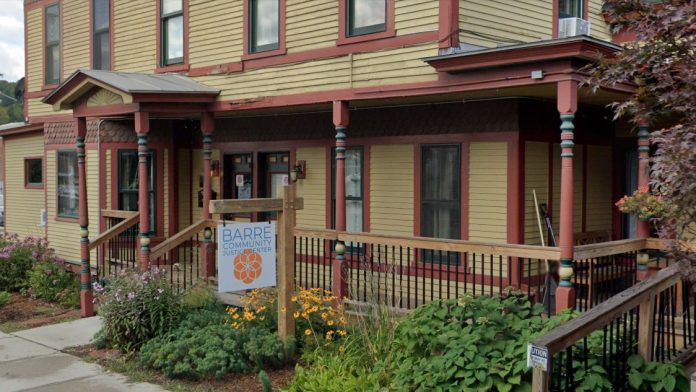 | Barre Community Justice CenterThe Barre Community Justice Center serves as a vital resource for the community, focusing on restorative justice practices. The center aims to address and resolve conflicts, promote accountability, and improve community safety through collaborative approaches.Key Features and Services: Restorative Justice Programs: The center offers restorative justice initiatives that encourage dialogue and understanding among individuals involved in conflicts or offenses, aiming to repair harm and restore relationships. Community Engagement: The Barre Community Justice Center actively engages with local residents, organizations, and law enforcement to foster a cooperative environment that supports community well-being. Conflict Resolution: Services include mediation and conflict resolution programs designed to help individuals and families navigate disputes and find mutually agreeable solutions. Support and Resources: The center provides access to various support services, including programs focused on youth engagement, crime prevention, and community service opportunities. Conclusion: The Barre Community Justice Center is committed to fostering a safe and supportive community through restorative practices and engagement. For more information about their services or to inquire about participation, please contact the Barre Community Justice Center directly. 30 Keith Ave suite 1, Barre, VT 05641 | Levels of Care:InpatientSober Living HomesAftercare Support Payment Options:Medicaid Private insurance Self-Pay Options Financial Aid Medicare | 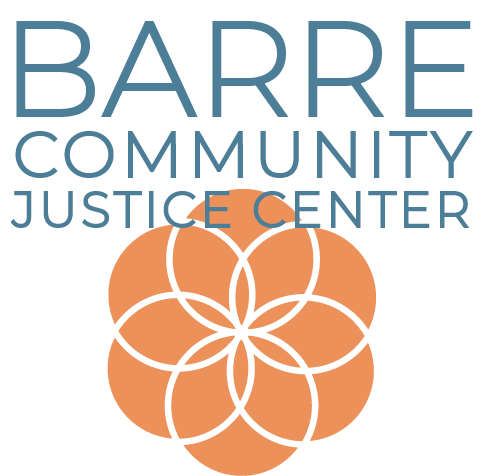 | |
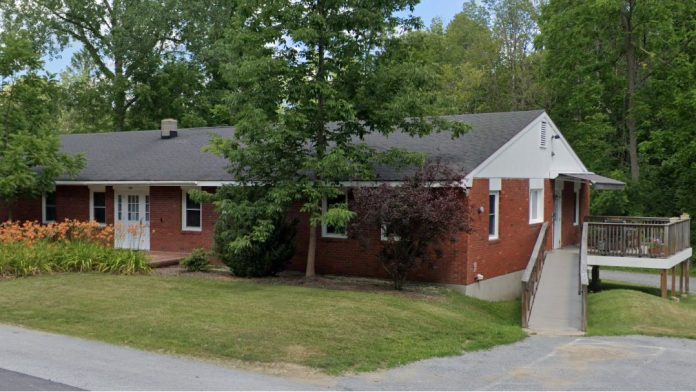 | Battelle HouseBattelle House, operated by United Counseling Services (UCS), provides mental health crisis stabilization services in a supportive residential environment. The facility also offers assistance for individuals with co-occurring substance use disorders.Key Features and Services: Crisis Support Center: Battelle House serves as a crisis support center, where stays are typically short-term, focusing on immediate stabilization and care. Insurance and Financial Assistance: UCS accepts various insurance plans, including private insurance, Medicaid, and possibly Medicare. They can verify your insurance coverage upon request and have financial assistance programs available. Mental Health and Substance Use Services: The facility offers comprehensive services, including: Psychiatric Evaluations: Assessments to determine mental health needs. Medication Management: Providing appropriate medications to support stabilization. Counseling Services: Individual and group therapy focusing on both mental health and substance use issues. Transition Planning: Once stabilization is achieved, the team will work with you to determine the best next steps, which may include referrals to residential or outpatient programs for further treatment. Case Management Services: For individuals who do not require additional treatment, Battelle House offers case management services to assist with transitioning back into the community. This includes: Housing options and support. Employment training and placement services. Connections to community resources, such as peer support groups, recovery programs, and social services. Conclusion: Battelle House aims to provide individuals with the necessary resources to live as independently as possible while making progress in their recovery journey. For more information about their services or to inquire about admissions, please contact Battelle House directly. 348 Dewey St, Bennington, VT 05201 | Levels of Care:Sober Living HomesInpatientAftercare Support Payment Options:Medicare Medicaid Private insurance Self-Pay Options Financial Aid Military Insurance | ||
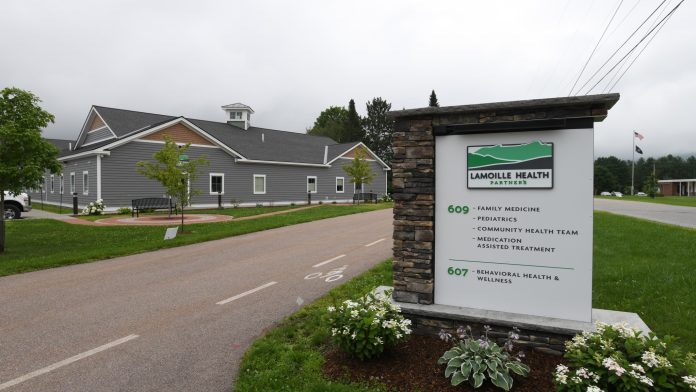 | Behavioral Health and Wellness CenterBehavioral Health and Wellness Center is a private rehabilitation facility dedicated to providing comprehensive treatment for a variety of substance abuse addictions, including alcoholism, opiate addiction, and co-occurring mental health disorders. The center offers a range of services designed to support individuals on their recovery journey.Key Features and Services: Supervised Detoxification: The center provides supervised medical treatment during detoxification to safely manage withdrawal symptoms, ensuring a more comfortable and secure process for individuals. Flexible Outpatient Therapy: Behavioral Health and Wellness Center offers outpatient addiction therapy that allows patients to live at home while receiving regular treatment. This flexibility helps individuals balance their recovery with daily life commitments. Specialty Rehab Programs: The center features several specialty programs tailored to meet specific needs, including: Age-appropriate treatment for teens, focusing on adolescent-specific issues. Specialized drug rehab programs for veterans, addressing combat-related trauma and the challenges of reintegration. Inclusive treatment options that respect and affirm diverse sexual orientations and gender identities. Conclusion: Behavioral Health and Wellness Center is committed to providing effective and compassionate care for individuals struggling with substance use and mental health issues. Through supervised medical treatment, flexible outpatient therapy, and specialized programs, they aim to support clients in achieving sustainable recovery. For more information about their services or to inquire about admissions, please contact Behavioral Health and Wellness Center directly. 607 Washington Hwy, Suite 11, Morrisville, VT 05661 | Levels of Care:Medically Assisted Detoxoutpatient Payment Options:Medicaid Private insurance Self-Pay Options Medicare | ||
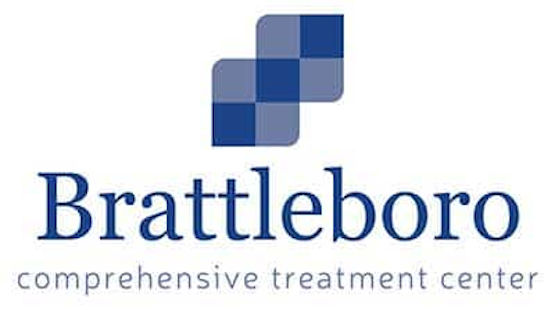 | Brattleboro Comprehensive Treatment CenterBrattleboro Comprehensive Treatment Center, located at 16 Town Crier Drive, Brattleboro, VT 05301, specializes in providing personalized treatment for individuals struggling with opioid addiction. Offering a range of services including medication-assisted treatment, counseling, and support groups, the center is dedicated to helping clients achieve lasting recovery in a compassionate environment. With a team of experienced professionals, Brattleboro Comprehensive Treatment Center focuses on addressing the unique needs of each individual, fostering a holistic approach to healing and well-being. Discover the supportive resources available at Brattleboro Comprehensive Treatment Center and take the first step towards a healthier future. 16 Town Crier Dr, Brattleboro, VT 05304 | Levels of Care:Medically Assisted Detox12-StepoutpatientAftercare Support Payment Options:Private Insurance Self-Pay Options | ||
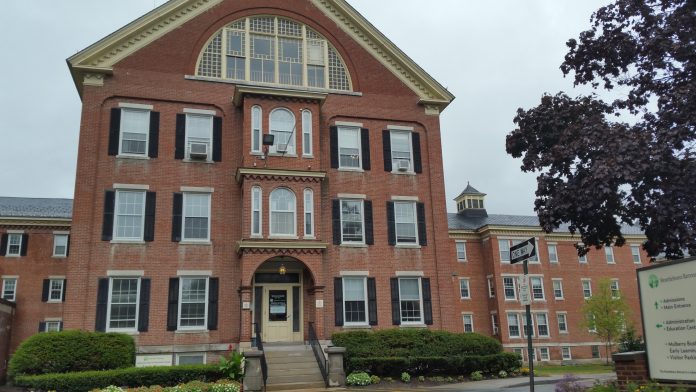 | Brattleboro RetreatBrattleboro Retreat, located at 22 Anna Marsh Ln, Brattleboro, VT 05301, is a leading facility dedicated to mental health and addiction treatment. Offering a comprehensive range of services, including inpatient care, outpatient programs, and specialized therapies, the retreat focuses on providing holistic support for individuals facing mental health challenges and substance use disorders. With a team of experienced professionals, Brattleboro Retreat creates a compassionate and healing environment where clients can explore their paths to recovery and personal growth. Discover the transformative care available at Brattleboro Retreat and take the first step towards a healthier, more fulfilling life. 22 Anna Marsh Ln, Brattleboro, VT 05301 | Levels of Care:DetoxInpatientoutpatient Payment Options:Medicaid Private insurance Self-Pay Options Financial Aid Medicare Military Insurance |  | |
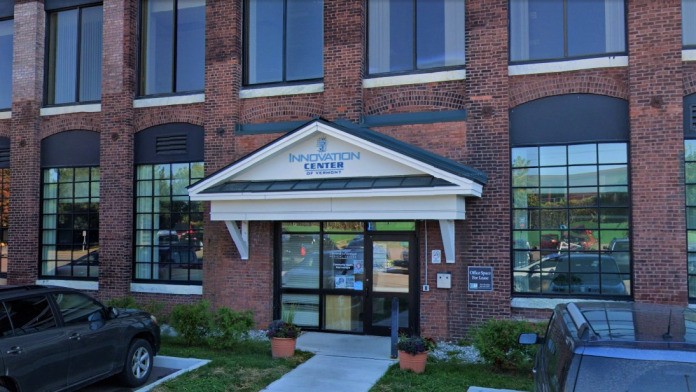 | Burlington Lakeside VA ClinicBurlington Lakeside VA Clinic is an outpatient clinic dedicated to providing a wide range of services for veterans and their families. The clinic aims to support the health and well-being of veterans through accessible and comprehensive healthcare.Key Features and Services: Comprehensive Healthcare Services: The clinic offers a variety of services, including: Primary care Laboratory services Nutrition counseling Dermatology Women’s health Mental health services Same-Day Care: One of the significant advantages of VA healthcare is the availability of same-day assistance. Even if you are not enrolled in VA health care, you may still qualify for services. Mental Health Support: Burlington Lakeside VA Clinic provides treatment for mental health issues and emotional stress. Services include both group and individual therapy aimed at helping individuals navigate and overcome challenges. The clinic can also provide referrals for substance use treatment. Employment Assistance: The clinic offers support in finding employment by partnering with various companies across different sectors. Services include: Matching skills to job opportunities. Job market competitiveness training. Development of job-search and interview skills. Assistance with resume writing and career development. In some instances, family members of veterans may also be eligible for these employment resources. Conclusion: Burlington Lakeside VA Clinic is committed to providing veterans and their families with the necessary support and resources to enhance their health and employability. With a focus on comprehensive care and practical services, the clinic serves as a valuable resource in the Burlington community. For more information about their services or to seek assistance, please contact Burlington Lakeside VA Clinic directly. 128 Lakeside Ave #260, Burlington, VT 05401 | Levels of Care:Medically Assisted DetoxoutpatientAftercare SupportIntervention Services Payment Options:Medicare Medicaid Private insurance Self-Pay Options Financial Aid Military Insurance | ||
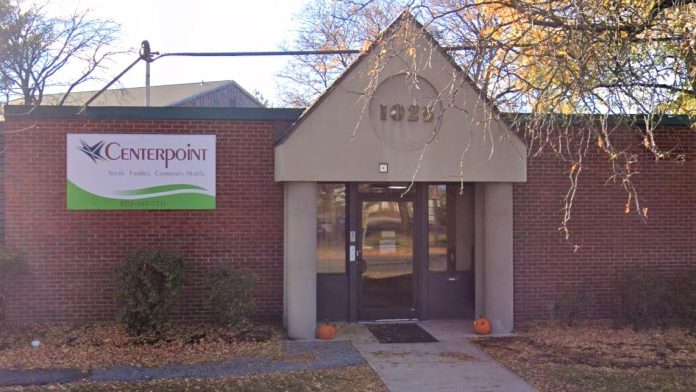 | Centerpoint Adolescent Treatment Services South BurlingtonCenterpoint Adolescent Treatment Services, located at 1025 Airport Drive, South Burlington, VT 05403, is dedicated to providing specialized mental health and substance use treatment for adolescents. With a focus on individualized care, Centerpoint offers a range of evidence-based programs designed to support the unique challenges faced by teens. The experienced team works collaboratively with families to foster a safe and nurturing environment that promotes healing and personal growth. Discover the essential resources available at Centerpoint Adolescent Treatment Services and help your teen take the first step toward a healthier future. 1025 Airport Drive, South Burlington, VT 05403 | Levels of Care:outpatient Payment Options:Medicaid Private insurance Self-Pay Options Financial Aid Medicare Military Insurance | ||
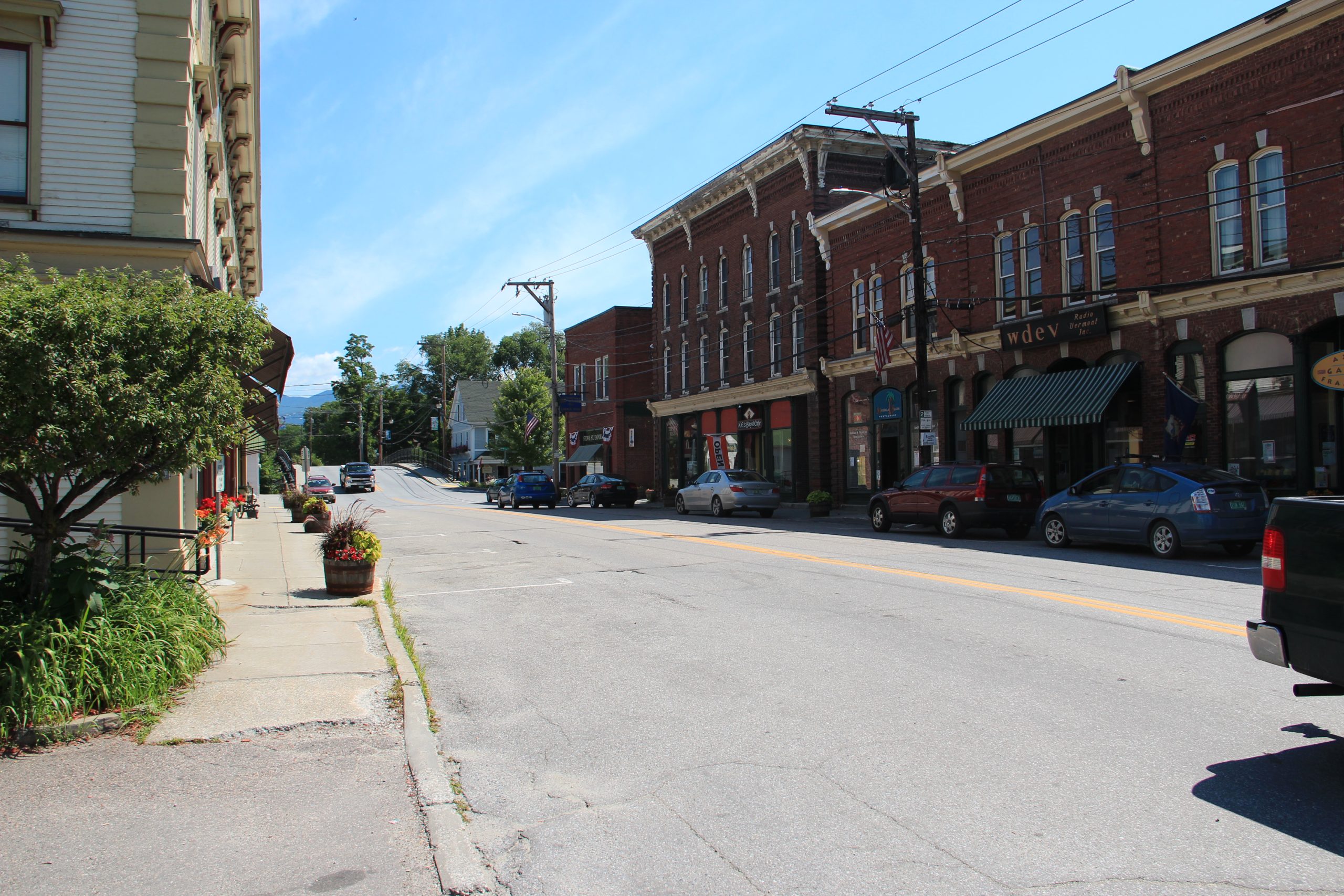 | Chrysalis House - Waterbury, VTChrysalis House, located at 2 Moody Ct, Waterbury, VT 05676, provides compassionate support and recovery services for individuals facing addiction and mental health challenges. With a focus on holistic healing, Chrysalis House offers a range of programs that include counseling, support groups, and life skills training. The dedicated team at Chrysalis House is committed to creating a nurturing environment that empowers clients on their journey to recovery and personal transformation. Explore the supportive resources available at Chrysalis House and take the first step toward a brighter future. 2 Moody Ct, Waterbury, VT 05676 | Levels of Care:Inpatient Payment Options:Medicaid Private insurance Self-Pay Options Financial Aid Medicare | ||
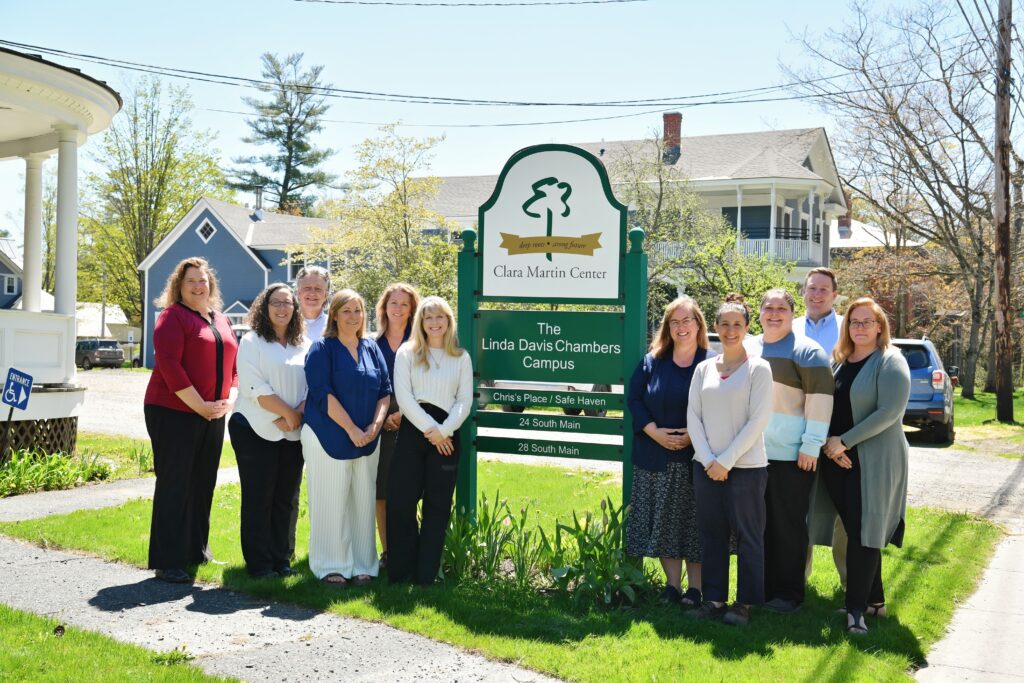 | Clara Martin Center - Bradford, VTThe Clara Martin Center is a vital mental health service located in Bradford, Vermont, committed to providing comprehensive support and care for individuals facing mental health challenges. Our mission is to empower clients by offering personalized treatment plans that cater to their unique needs. At Clara Martin Center, we prioritize creating a safe and nurturing environment where individuals can begin their journey toward healing and wellness. Our experienced team of professionals is dedicated to fostering resilience and promoting positive mental health outcomes. Whether you are seeking counseling, therapy, or support services, Clara Martin Center is here to guide you on your path to a healthier future. Explore our range of services today and take the first step toward improved mental well-being. 1483 Lower Plain, Bradford, VT 05033 | Levels of Care:outpatient Payment Options:Medicaid Private insurance Self-Pay Options Financial Aid Medicare Military Insurance |  | |
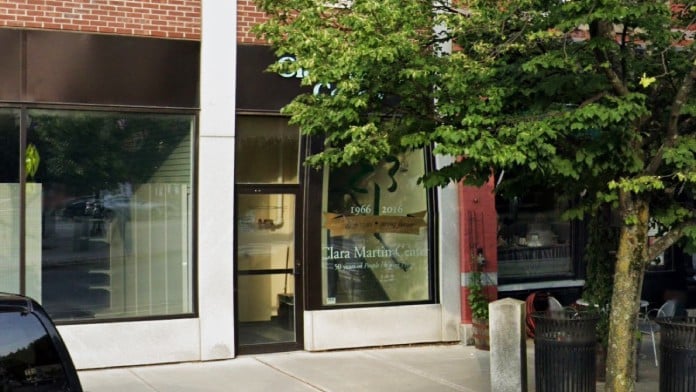 | Clara Martin Center - RandolphThe Clara Martin Center, located at 11 Main Street, Randolph, VT 05060, is dedicated to providing comprehensive mental health services to individuals and families in the community. Offering a wide range of programs including therapy, counseling, and crisis intervention, the center focuses on promoting mental well-being and resilience. With a compassionate team of professionals, the Clara Martin Center is committed to creating a supportive environment that fosters healing and personal growth. Discover the valuable resources available at the Clara Martin Center and take the first step toward a healthier, more balanced life. 11 Main Street, Randolph, VT 05060 | Levels of Care:outpatient12-StepIntervention ServicesMedically Assisted DetoxPartial Hospitalization Program (PHP) Payment Options:Medicaid Private insurance Self-Pay Options Financial Aid Medicare Military Insurance |  | |
 | Clara Martin Center - South Main StreetClara Martin Center provides comprehensive substance abuse and mental health treatment in Randolph, Vermont. The center is dedicated to serving children, youth, and adults, with specialized services available for military personnel and veterans. They aim to ensure that care is accessible to all, regardless of payment ability.Key Features and Services: Affordable Care: The center offers a sliding fee scale and a fee waiver program to assist those without insurance coverage, ensuring that no one is denied care due to financial constraints. Community Rehab and Vocational Services: Clara Martin Center provides community rehabilitation services along with vocational support, helping individuals reintegrate into society and improve their employment prospects. Integrated Health Center: Guests have access to a community-based integrated health center that combines substance use treatment with primary care, working closely with local physicians in the Randolph area to enhance continuity of care. The goal is to expand healthcare access to everyone in Orange County and the Upper Valley, whether they are insured or not. Crisis Stabilization: The center offers stabilization services for individuals in crisis, providing immediate support to help manage acute situations. Comprehensive Case Management: Case management services are available to assist clients with resource connections, including housing, healthcare, transportation, and ongoing recovery support. Substance Abuse Program: The substance abuse program focuses on helping guests make healthier decisions for long-term sobriety. It includes: Trauma-informed care to address past issues and aid in healing. Medication-assisted treatment (MAT) to alleviate withdrawal symptoms and reduce drug cravings, making the treatment process more comfortable. Outpatient Services: Clara Martin Center offers flexible outpatient services tailored to the needs of the Randolph community. These services include various groups that promote safety, motivate continued sobriety, and increase awareness of substance use, empowering guests to make healthy decisions post-treatment. Peer Support: Peer support is available to provide mentorship and understanding from individuals who have experienced recovery themselves, fostering a supportive environment. Conclusion: Clara Martin Center – South Main Street is committed to providing accessible and comprehensive substance abuse and mental health treatment to the Randolph community. With a focus on affordable care, integrated health services, and personalized support, they strive to empower individuals on their journey to recovery. For more information about their services or to inquire about support, please contact Clara Martin Center directly. 24 S Main St, Randolph, VT 05060 | Levels of Care:outpatient Payment Options:Medicare Medicaid Private insurance Self-Pay Options Financial Aid Military Insurance |  | |
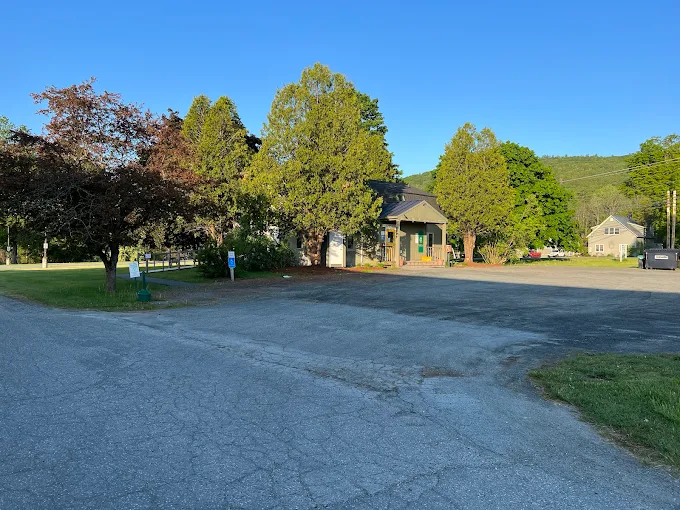 | Clara Martin Center-CommunityThe Clara Martin Center was founded as one of ten mental health agencies established by Vermont statute in 1966. Its origins can be traced back to local clergy and social service professionals who recognized the need for supportive counseling services in the community, providing an alternative to the placement of individuals at the Vermont State Hospital.Historical Background: Originally known as Orange County Mental Health Services, the center was renamed in 1994 to honor Clara Martin, one of its founders and a pioneer in mental health care in Orange County. The center\'s establishment aligned with significant legislative changes in mental health care, notably the Community Mental Health Act signed by John F. Kennedy in 1963, which transformed the delivery of mental health services across the nation. The Community Mental Health Centers Act Amendments of 1965 provided grants for constructing and staffing facilities to treat substance use disorders, recognizing the need for comprehensive treatment for addiction and mental health issues. This legislation initiated a movement to provide mental health treatment in community settings rather than in psychiatric hospitals, promoting effective, humane, and cost-saving approaches. Mission and Services: Clara Martin Center advocates for the mental health needs of the rural region of Orange County, ensuring that small towns are not overlooked in the state\'s mental health initiatives. The center began offering services from Dr. Brewster Martin’s medical office and expanded its reach with the establishment of Orange County Mental Health Services on October 27, 1966, serving all of Orange County and parts of Windsor County. Over the years, the center has grown and adapted to meet the evolving needs of the community, providing a range of mental health services including counseling, crisis intervention, and substance use treatment. Conclusion: The Clara Martin Center has played a crucial role in the development of mental health care in Orange County, focusing on community-based solutions and advocating for those with mental health challenges. For more information about their services or to inquire about support, please contact the Clara Martin Center directly. 39 Fogg Farm Rd, White River Junction, VT 05001 | Levels of Care:outpatient Payment Options:Medicaid Private insurance Self-Pay Options Financial Aid Military Insurance |  | |
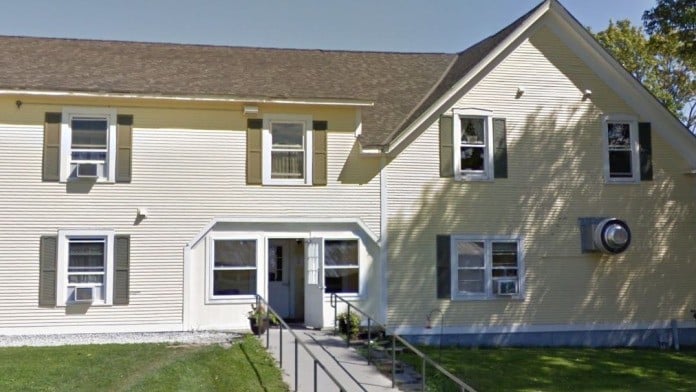 | Collaborative Solutions CorporationCollaborative Solutions Corporation provides a range of mental and behavioral health services, including addiction treatment, for adults struggling with substance abuse and concurrent mental health issues. The facility accepts Medicaid and may also accept other state mental health agency funds.Key Features and Services: Residential Drug Rehab & Mental Health Services: The facility offers an intensive residential recovery program that is particularly beneficial for individuals transitioning from hospitalization to community living. Supportive Environment: Situated on 45 acres of rural land, the 16-bed facility provides an intimate and serene setting for recovery. Each resident has a single-occupancy room for added privacy. Nursing and Psychiatric Services: Residents have access to nursing and psychiatric services, along with clinical and case management support to help guide them through their recovery journey. Common Areas and Amenities: Common areas are equipped with televisions, a stereo, computers, internet access, and a selection of books. Laundry facilities and clean linens are provided at no extra cost. Personalized Approach to Care: Collaborative Solutions Corporation emphasizes a personalized approach, with therapeutic offerings that include creative arts therapy, music therapy, gardening, yoga, and meditation. Residents are encouraged to actively participate in treatment team meetings with a multidisciplinary team of nurses, psychiatrists, and therapists. Community Integration and Nutrition: The facility fosters a sense of community integration and accountability through daily living activities. Nutrition is also prioritized, with healthy meal options provided to support recovery. Conclusion: Collaborative Solutions Corporation is dedicated to providing comprehensive and personalized care for individuals facing substance abuse and mental health challenges. With a focus on supportive services and a serene environment, the facility aims to facilitate healing and recovery. For more information about their services or to inquire about admissions, please contact Collaborative Solutions Corporation directly. 191 E Main St, Richmond, VT 05477 | Levels of Care:Inpatient Payment Options:Self-Pay Options Medicaid |  | |
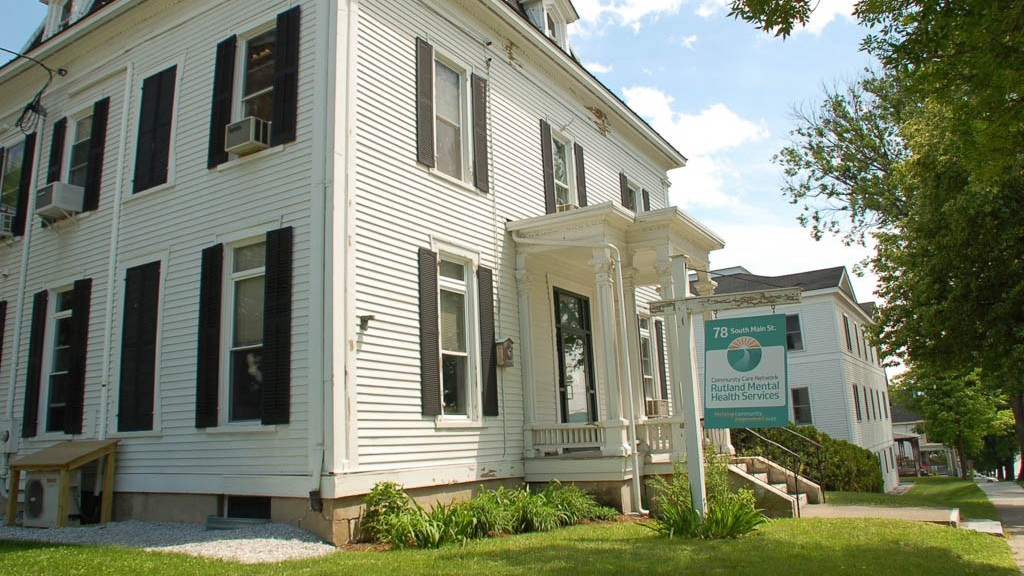 | Community Care NetworkCommunity Care Network, located at 78 S Main St, Rutland, VT 05701, is dedicated to providing comprehensive health services to individuals and families in the community. Offering a wide range of programs, including mental health support, addiction recovery services, and primary care, the network aims to address the diverse needs of the community with compassion and expertise. With a strong focus on holistic wellness, Community Care Network fosters an inclusive environment where individuals can find the support and resources they need to achieve optimal health. Discover the vital services available at Community Care Network and take the first step towards a healthier life. 78 S Main St, Rutland, VT 05701 | Levels of Care:outpatient Payment Options:Medicaid Private insurance Self-Pay Options | 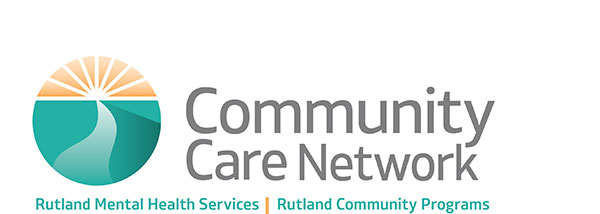 | |
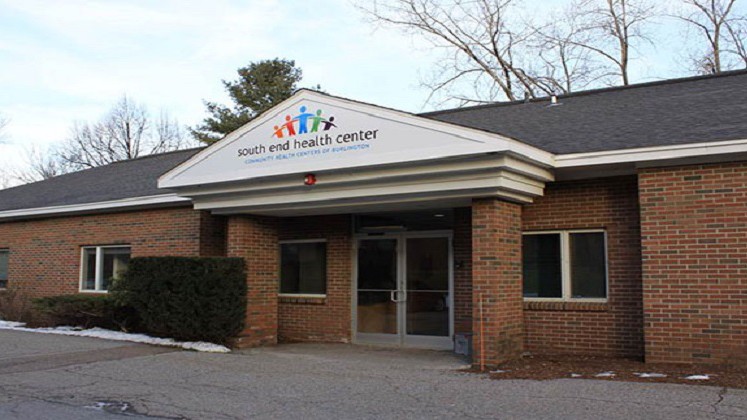 | Community Health Centers - South EndCommunity Health Centers - South End in Burlington, Vermont, is committed to delivering comprehensive and accessible healthcare services to the local community. Our mission is to provide high-quality medical care, preventive services, and wellness programs to individuals and families, regardless of their socioeconomic status. We prioritize creating a welcoming environment where patients can receive personalized care that addresses their unique health needs. Our dedicated team of healthcare professionals works collaboratively to ensure that every individual has the resources and support necessary to achieve optimal health. Explore the services available at Community Health Centers - South End and take a proactive step towards a healthier future. 789 Pine St, Burlington, VT 05401 | Levels of Care:Inpatient Payment Options:Medicaid Private insurance Self-Pay Options Financial Aid Medicare | 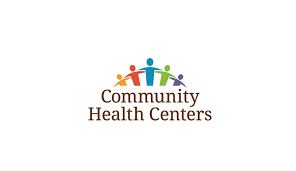 |
Find Vermont drug rehabs in cities near you or sort by letter.
Calls to any general helpline will be answered or returned by one of the treatment providers listed, each of which is a paid advertiser:
Our helpline is available 24 hours a day, 7 days a week at no cost to you and with no obligation for you to enter into treatment. We are committed to providing support and guidance whenever you need it.
In some cases, Addiction Helpline America charges our verified partner a modest cost per call. This fee helps us cover the costs of building and maintaining our website, ensuring that we can continue to offer this valuable service to those in need.